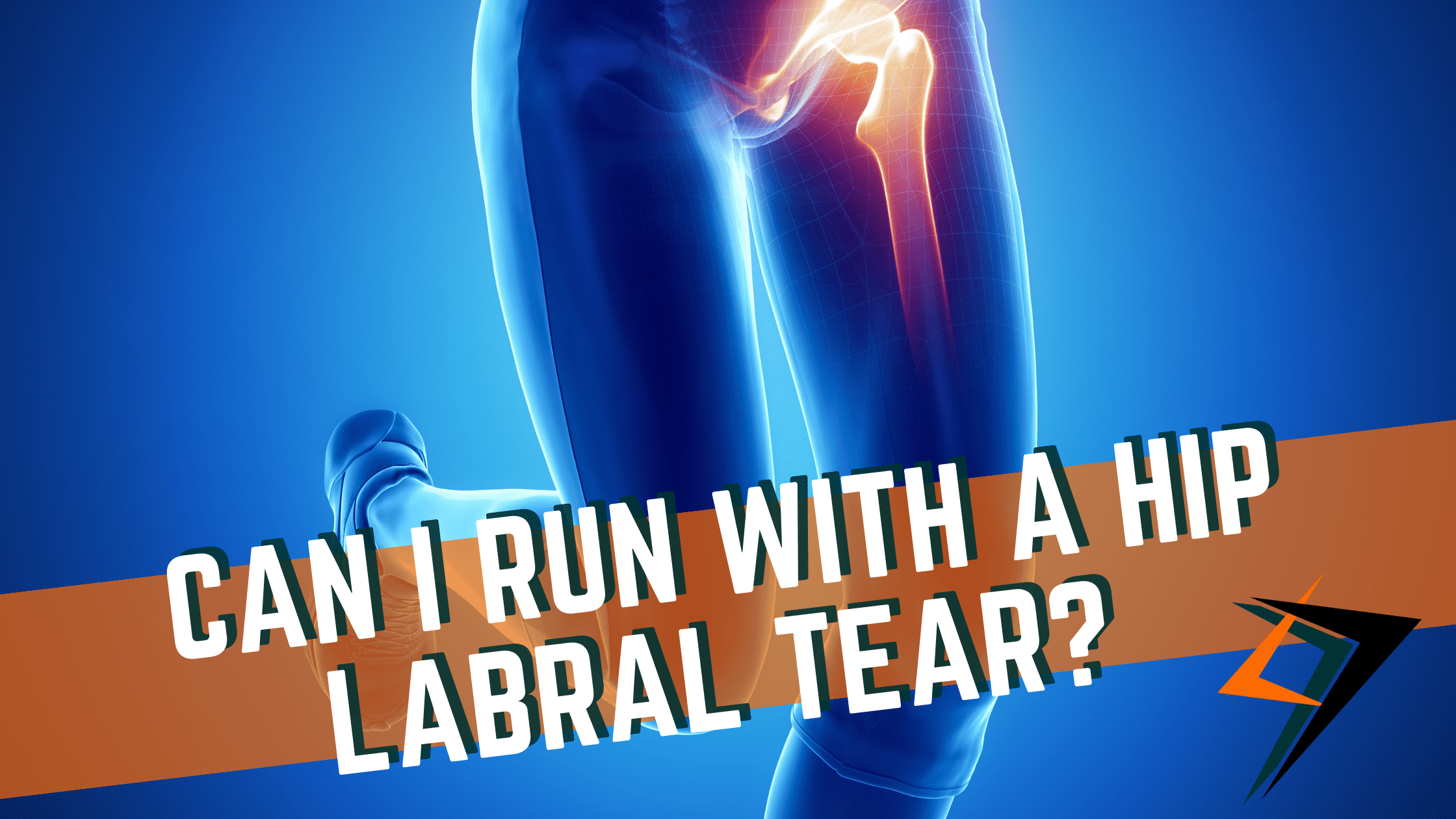
That pinchy feeling in the front of the hip or groin…that nagging sharp pain with squatting or sitting that just seems like it won’t go away no matter how much rest you give it? You wonder, will this ever go away? Can I get back to running and other sports alike like I used to with a hip labral tear? The good news lies ahead.
WHAT IS THE HIP LABRUM?
Before we dive too quickly into things, let’s understand what exactly the labrum does. The labrum serves to create stability within the hip joint itself. The labrum acts as a suction cup in the ball-and-socket joint. It helps the femur (thigh bone) move smoothly in the joint.
Many individuals have labral tears with no pain. Meaning that if you have been diagnosed with a hip labral tear, there may be other factors that are truly causing the pain other than the labrum.
When the labrum is truly the source, there is good news. Recovery is attainable without surgery! At Onward Atlanta, we specialize in treating the management of hip labrum tears for athletes and active individuals across the spectrum.
HOW DO I RECOVER FROM A HIP LABRAL TEAR?
With specific strengthening and stability exercises for the surrounding hip musculature, we can regain hip stability, decrease pain, and improve function. Answering the question: yes, you can run with a hip labral tear! But, we must manage recovery and be specifically intentional about our approach.
- TAKE BACK CONTROL OVER YOUR HIP JOINT
Hip labral pathologies can be associated with hip stiffness that may result due to inflammation, pain, or prolonged, unnecessary rest. Get back control over your hip range of motion and help challenge those end ranges with hip controlled-articular rotations.
2. STOP STRETCHING YOUR HIP FLEXORS
Runners and athletes commonly will stretch the front of their hips due to constantly feeling tight. But, a “tight” muscle is a weak muscle. So instead of continually stretching this muscle with little (often only temporary) relief, start strengthening it for better results!
To run with a hip labral tear means that the integrity of the hip joint relies even more on the strength that surrounds it. Let’s strengthen that.
Time under tension and eccentric exercises are great for creating increased strength and long-term results. The hip flexor eccentric will make you appreciate the capacity to train the hip flexor. Grab a light kettlebell and give this a shot!
3. LOAD…AND, LOAD WELL!
We’re talking about getting that deep muscle burner. I often work my runners and athletes with lateral hip strengthening to fatigue or failure because I want the hip working under tension for a prolonged period of time. By doing so, we’re matching what the athlete’s activity/sport requires of it. Having a strong hip builds stability around the labrum to make running safer, less painful, and actually improve performance overall.
Runners don’t run for 30 steps then stop. They’re aiming for hundreds to thousands of steps over a prolonged period of time. The muscle groups should be trained the same way.
Below, I show a variation of different positions to place the band during the lateral band walk, or “monsters”, from easiest to hardest to continue challenging your strength training.
Further challenge your lateral step ups by addressing these key components!
4. LEVEL UP GLUT STRENGTHENING
Bridges are fun and great, but let’s be honest. Do they really feel like they match the intensity of your running? Your strength program should match the intensity and specificity of your sport, especially if dealing with a hip labral tear.
For instance, running is a single-leg sport. Meaning that during our run we’re spending the majority of our time cycling between single-leg stance from one leg to the other. So, it makes sense to strengthen single-leg strength. Further challenge this exercise with increased resistance from a band or kettlebell.
Another awesome way to attack multiple angles and fibers of the glut muscle is with the frog pump. Place a resistance band around the knees and keep feet together. After you come up onto a bridge, drive your knees out into the band to engage the lateral hip. Check out below!
Often times during my running evaluations, I see athletes’ knees collapse inward as they translate from heel strike to push off. This creates excess torsion and strain at the knee, hips, and low back. A simple drill that can easily be challenged is the banded squat. By providing a tactile resistance to drive out into the band, the athlete can better strengthen the hip while also training OUT OF compensations due to weakness. This combo benefit leads to better performance and decreased injury risk at multiple joint levels. Increase the challenge by holding a kettlebell/dumbbell close to your chest for added resistance.
5. GET RID OF BORING PLANKS
Need we say more? Planks can make a minute feel like an eternity. So why not get rid of boring planks and perform these variations to level up your stability and strength.
So, are you ready to run with your hip labral tear?
We would love to help you navigate this process and come alongside you to find exactly what you need for where you are in your journey. Schedule a running evaluation now to put your pain in the past where it belongs.
Recent Articles
Achilles Tendonitis: Diagnosis & Treatment
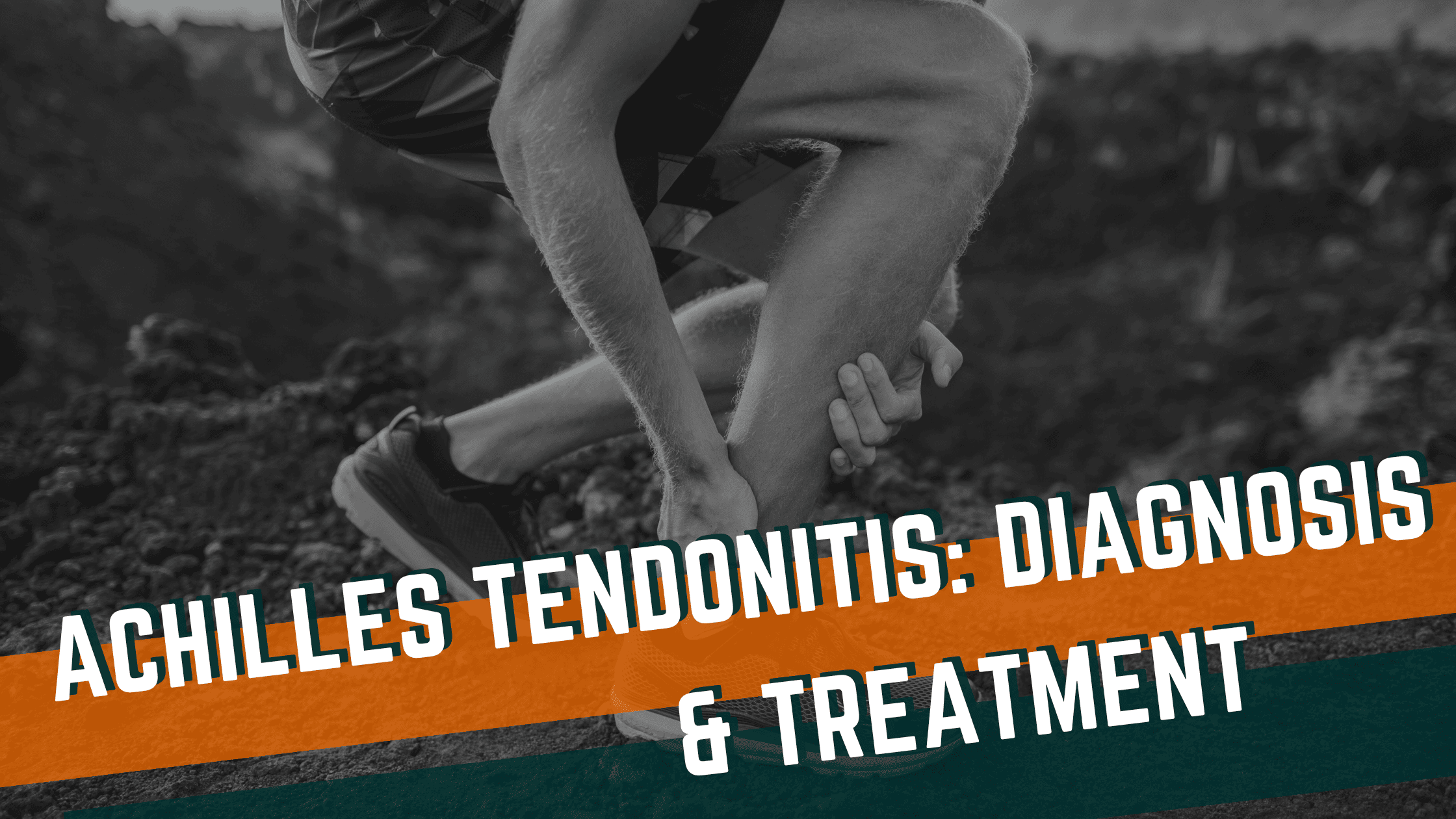
Hip Pain in Runners
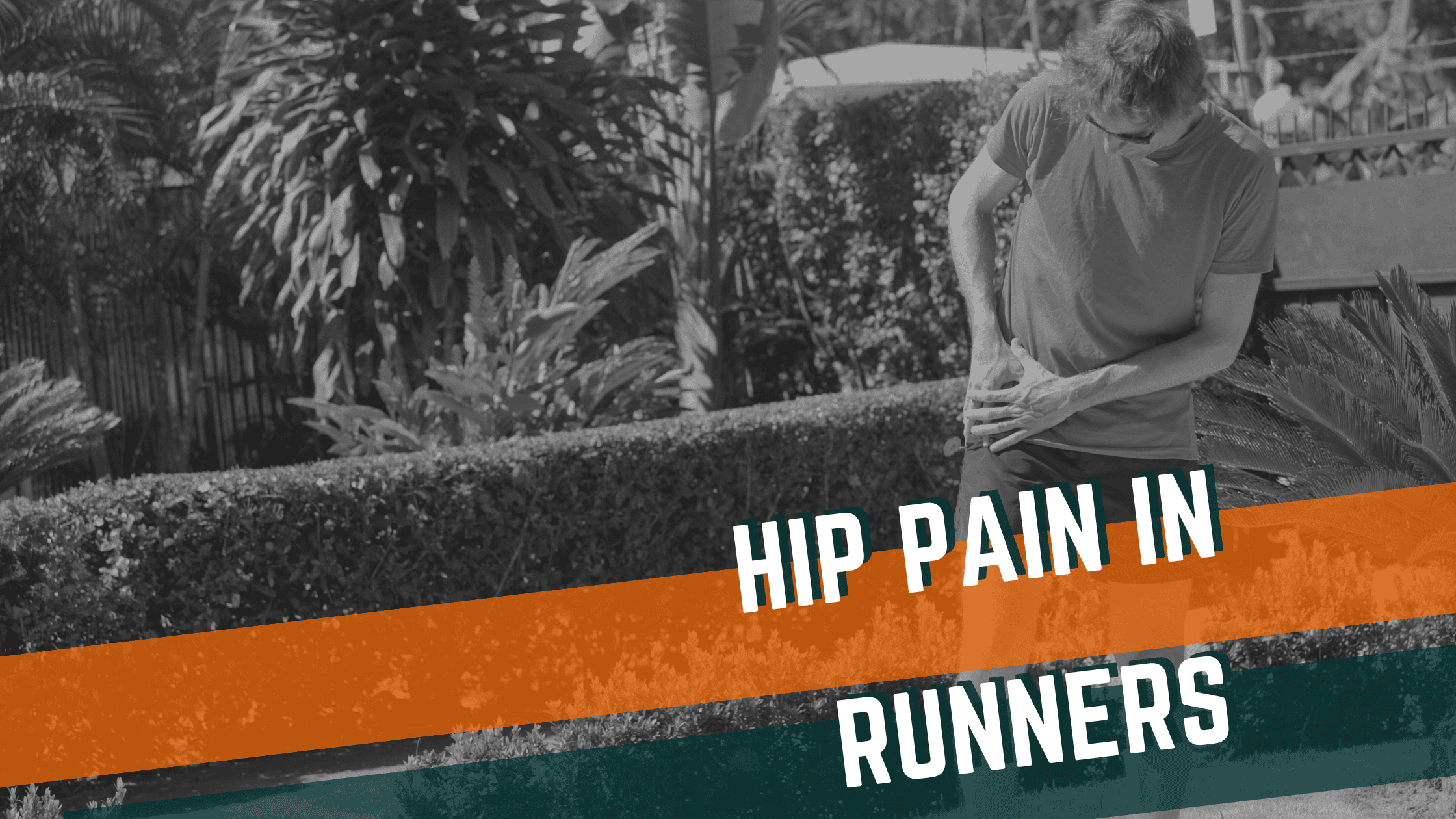
A Guide to Conditions Treated with Dry Needling
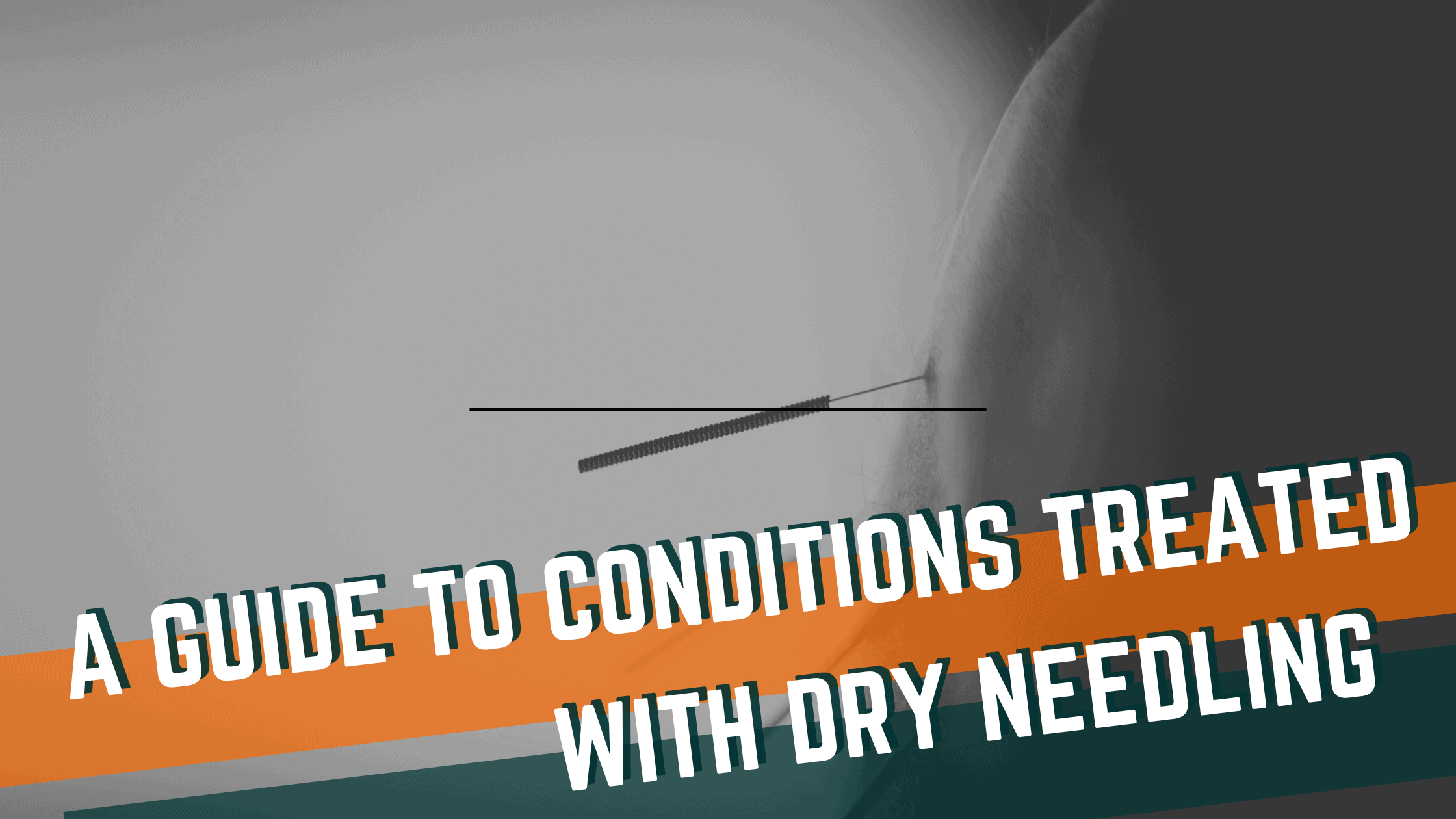
Reconnect to the CORE Postpartum: Pelvic Floor Exercises for Postpartum Healing
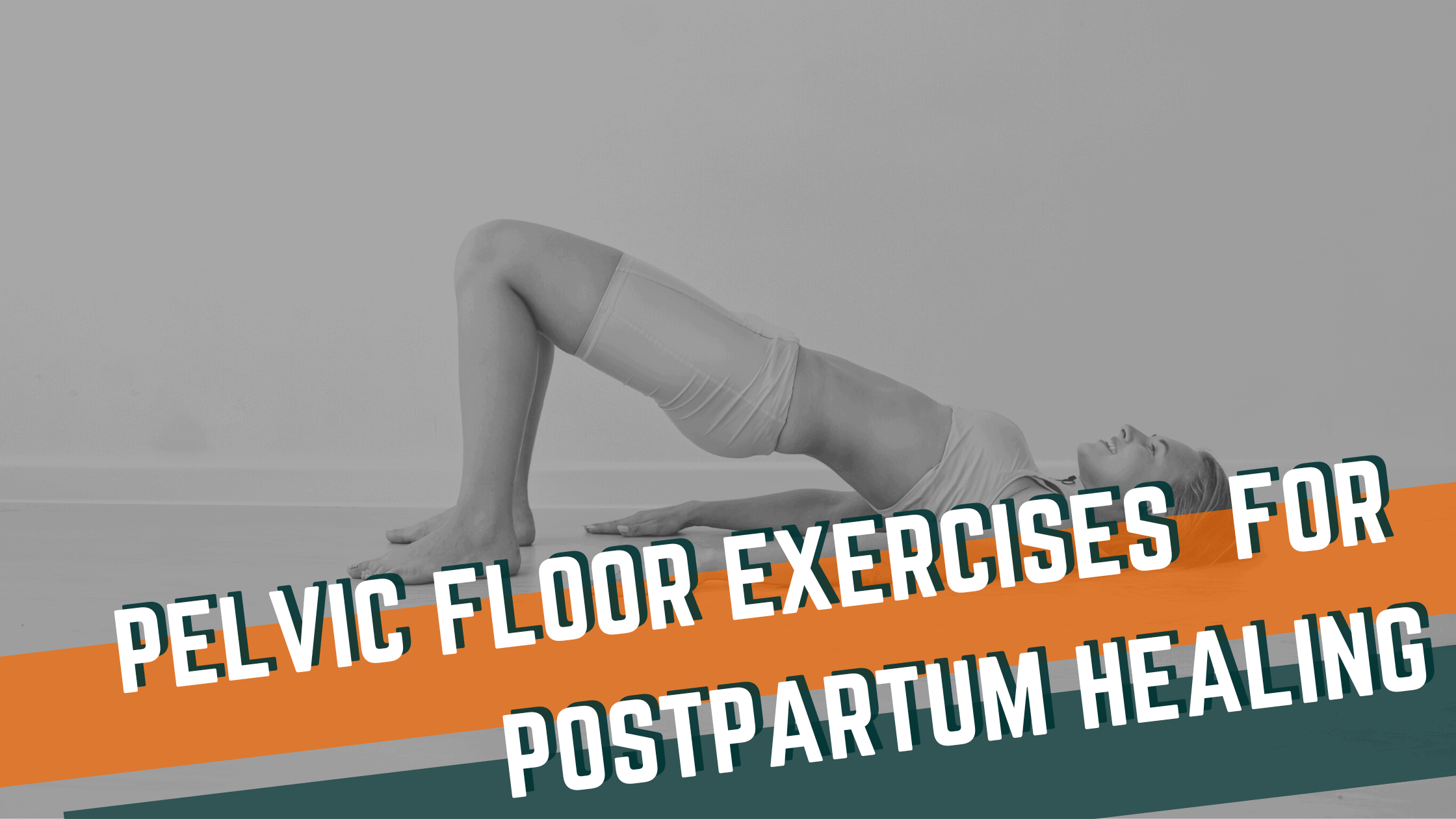
Preventing Back Pain in CrossFit: Key Considerations for Training Safely

